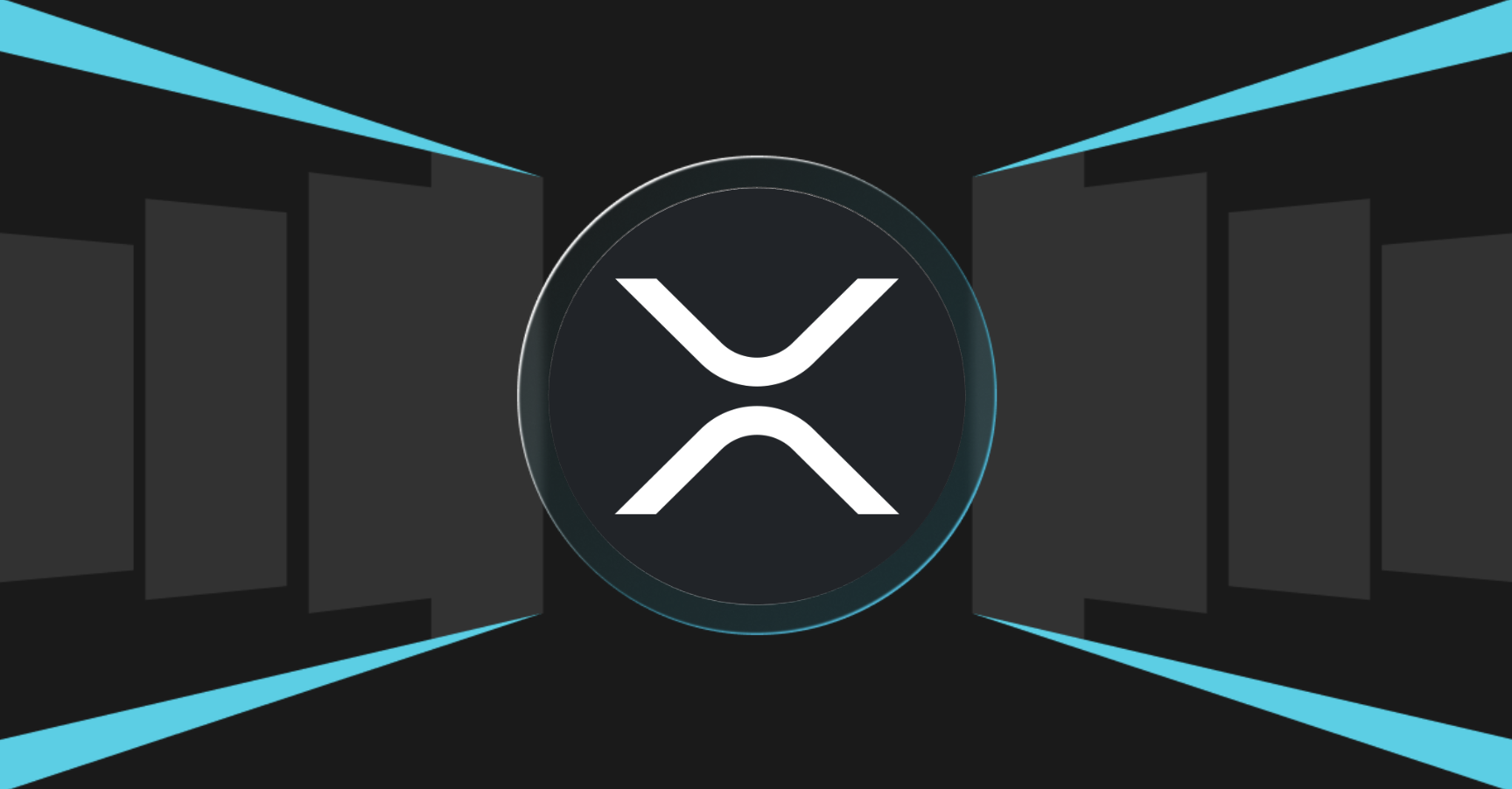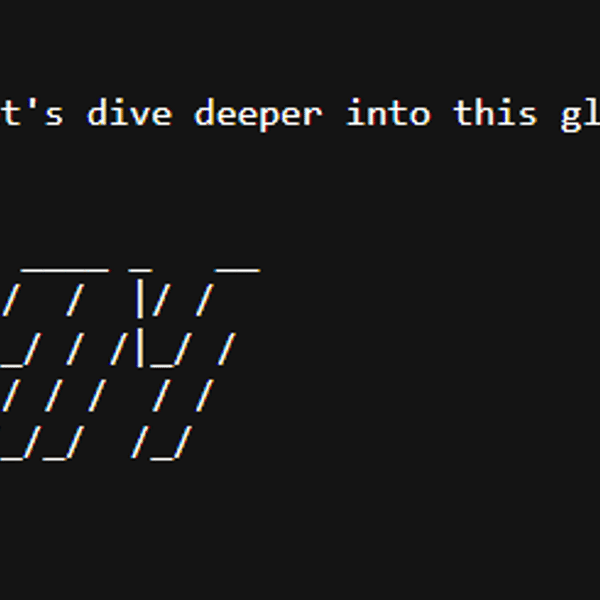Anatomy of a Top-Tier Exchange: A Bitget Market Analysis
This report draws on CoinDesk data’s proprietary market data infrastructure to deliver a comprehensive deep dive into exchange-level activity, offering high-resolution insights into volumes, market share, and asset-specific trading trends. The content below is edited from the full report here.
At a Glance: The Bitget Performance Benchmark
● $11.5 trillion in derivatives volume handled since late 2023● #1 global liquidity for ETH & SOL spot markets● Top 3 global ranking for execution quality● Institutional AUM doubled in H1 2025
1. Executive Summary
Bitget has cemented our standing as a top-tier global exchange, shaped by derivatives-first market architecture, high-performing liquidity provisions, and rising institutional flow. Drawing on over 20 months of granular volume, market share, and liquidity data, this report benchmarks Bitget’s growth trajectory and competitive positioning using CoinDesk Data’s proprietary analytics infrastructure.
In H1 2025, Bitget averaged $750B in total monthly volume, with derivatives accounting for nearly 90% of activity, underscoring leverage-native user base. Notably, Bitget ranked in the top four globally for derivatives volume, achieving a 15.1% market share in late 2024 and maintaining a 12.4% average share through H1 2025. Bitget's cumulative derivatives volume since November 2023 totalled $11.5T, placing us among the industry's most active venues.
While spot activity remains secondary, Bitget has built strategic momentum. Bitget Onchain product launch in April 2025 helped drive a 32% month-on-month surge in spot volumes, peaking at $102.8B in May and lifting overall market share to 5.2%. The platform’s native token, BGB, ranked as the third-most traded spot asset, with BTC, ETH, and BGB collectively accounting for 44% of H1 spot volumes.
Volume distribution across sectors affirms Bitget’s altcoin strength. Layer-1s, memecoins, and CEX-native tokens made up over 75% of spot activity, with BGB alone rivaling entire market sectors in turnover. Meanwhile, newly listed tokens like PI reached breakout status, with $8.6B in H1 volume despite a late Q1 listing.
Bitget’s liquidity performance was industry-leading in several key markets. During April-June 2025, the exchange ranked #1 in aggregated ETH and SOL spot depth within 1% of the mid-price, and #2 in BTC, ahead of major regional and global competitors. For institutional execution, Bitget’s average BTC-USDT spot slippage was just 0.0074% for a $100K trade, placing it among the top three exchanges for execution quality.
Institutional flow continues to reshape the platform. In H1 2025, institutions accounted for 80% of spot volume and 50% of derivatives, with AUM doubling year-to-date. These shifts coincide with product upgrades, including a new Liquidity Incentive Program, institutional lending, and a unified margin system set to launch in Q3.
2. Volume Insights
The story of Bitget's growth is written in trading volume. Bitget’s trading activity has expanded significantly, with total volumes exceeding $500B in 8 of the last 10 months. Volumes culminated in a record $1.19T in December 2024—a 5.3x increase from November 2023.
Two distinct volume cycles emerged during this period:
● Q1 2024: Bitget's combined volumes surged 2.3x to $867B, driven by altcoin and memecoin activity. Derivatives represented 90.8% of this volume.
● Q4 2024: Combined volumes exceeded $2.3T across November and December, with derivatives alone crossing the $1T mark in both months amid high market volatility.
Despite market moderation in H1 2025, Bitget maintained a higher baseline of activity. Total volume in June 2025 ($504B) remained 2.3x higher than November 2023 ($223B). This performance underlines Bitget’s evolution into a scaled venue for global trading.
● Cumulative Volume (Nov 2023 - Jun 2025): $12.8T
● Peak Monthly Volume: $1.19T (Dec 2024)
Spot vs Derivatives
Derivatives are the engine of Bitget, which consistently account for ~90% of total notional volume. This dominance holds across both bull and bear markets, solidifying Bitget’s position as a primary venue for perpetuals trading.
● Peak Dominance: 92.9% derivatives share (in Oct 2024).
● 2025 YTD Average: 89.7% derivatives share.
Top 3 Assets (Spot): BTC, ETH, BGB
Spot trading is gaining momentum, helped by the April launch of the Bitget Onchain platform. Spot volumes surged 32% month-on-month to $102.8B in May, lifting overall market share to 5.2%. The exchange’s native token, BGB, ranked as the third-most traded spot asset, alongside BTC and ETH, which collectively accounted for 44% of H1 spot volumes.
Six assets—BTC, ETH, BGB, XRP, DOGE, and SOL—appeared in the monthly Top 10 every single month.
This highlights a stable trading environment for core assets. The Top 3 assets (BTC, ETH, BGB) accounted for 44% of total spot activity, and the Top 10 represented 60%, indicating a concentrated but stable market. While new listings like PI saw breakout volume ($8.6B in H1), core assets provide a more consistent liquidity base.
Derivatives Volume Market Share
Bitget has significantly expanded our share of global derivatives trading, outpacing peers like Crypto.com and Kraken.
Average Monthly Derivatives Volume (Nov 2023 - Jun 2025):
● Bitget: $576B
● Crypto.com: $83B
● Kraken: $24B
Key Milestones:
● In late 2024, Bitget captured an average of 15.1% of global derivatives volume across two consecutive months.
● By May 2025, Bitget maintained a top-4 spot globally, processing 12.4% of the world's derivatives trades.
● Overall, Bitget handled $11.5T in cumulative derivatives volume, representing 12.8% of the global total ($90.2T) for the period.
This performance reaffirms Bitget’s growth into a structurally relevant derivatives venue; now firmly embedded within the Top-Tier of global exchanges.
Open Interest Leadership of Top Assets
Bitget’s market presence extends beyond volume to Open Interest (OI), where Bitget consistently ranks among the top exchanges for key assets. In H1 2025, a comparative analysis showed Bitget held the third-highest notional OI overall across BTC, ETH, SOL, and XRP, behind only Binance and Bybit.
● Bitget ranked 3rd in average OI for BTC ($4.9B), ETH ($2.0B), and SOL ($1.1B).
● Most notably, Bitget led all exchanges in average XRP open interest ($1.2B), outpacing Binance ($0.9B) and Bybit ($0.7B).
This consistent leadership in OI highlights Bitget’s growing liquidity footprint and structural importance in the derivatives market.
3. Liquidity Insights
Market Depth Methodology
Market depth is a key measure of liquidity, showing the volume of buy and sell orders within a certain price range. For traders, higher market depth means better price stability and the ability to execute large orders with minimal price impact. On this front, Bitget stands out.
The following analysis measures average market depth within 1% of the mid-price for key assets, providing a benchmark for execution quality.
● BTC Market Depth: Top 2
Bitget ranks #2 in BTC liquidity (391.9 BTC average depth), allowing you to execute large orders with minimal price impact. Liquidity is deepest and most efficient in the BTC-USDT pair.
● ETH Market Depth: #1 Globally
Bitget is the #1 exchange for ETH liquidity (15,959 ETH average depth), making us a premier venue for large spot trades. Our market offers deep liquidity across ETH-USDT, ETH-USDC, and ETH-BTC pairs, giving you more strategic trading options.
● SOL Market Depth: Another #1 Ranking
Bitget also leads all exchanges in SOL liquidity (116,669 SOL average depth), offering traders superior pricing and fills on large orders. The SOL-USDT pair provides the most concentrated depth for efficient trading.
This market-leading liquidity translates directly into tangible advantages for our Bitget traders: better pricing, tighter spreads, and the confidence that your large orders can be filled instantly without significant price impact.
Slippage & Cost of Execution
With slippage among the top three exchanges (just 0.0074%), your trades execute at the price you expect. Combined with our fee structure, your total execution cost can be as low as 0.0374% as a VIP, directly improving your profitability on every trade.
4. Conclusion
The data confirms it: Bitget has become a structurally significant global trading venue. Our growth is built on sustained leadership in derivatives (ranking top 4 globally with over $11.5T in volume), expanding institutional trust, and superior market liquidity.
Our platform’s performance speaks for itself. We deliver #1 global liquidity for ETH and SOL spot markets, top-two liquidity for BTC, and top-three execution quality with slippage as low as 0.0074% on major pairs. This combination of massive scale, professional-grade tools, and best-in-class execution is why institutions are doubling their assets on our platform.
Whether you're a professional or just starting, you deserve to trade on a platform built for performance and trusted by the best. Join us and trade with confidence today!
Disclaimer: The inclusion of any service providers or service offerings referenced within this report are solely for informational and contextual purposes. This report is intended for educational purposes only and does not constitute financial, legal, or investment advice.
Academia de Bitget2025-09-08 07:31














































































































































